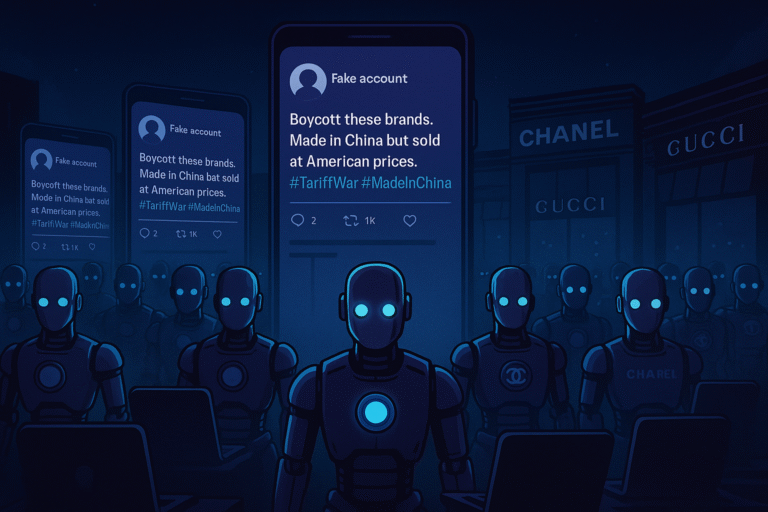Fake news refers to fabricated information that’s spread with the intent to deceive the population. Although false stories have been disseminated throughout human history, the term “fake news” was first used at the end of the 19th century in sensationalist newspapers.
In the days before the internet, it was much easier for the public to detect fake news as people were aware of news publishers’ reputations, but the rise of social media has made the lines between reality and fiction blurrier than ever before.
Nowadays, anyone is free to share their thoughts and opinions on social media. Many people, however, don’t check the source information, which can lead to rampant spread of disinformation.
How To Discern Fake From Real News
Separating fact from fiction is no easy task, but there are reliable and effective methods which can help you spot fake news stories and drastically lessen the global impact of disinformation and misinformation.
Always Check the Source
The first step in identifying whether a piece of information is real or not is to determine who originally published it.
Social media is home to many bad actors spreading disinformation using fake profiles, so you should always try to thoroughly analyze an account’s history to see if there are any warning signs indicative of a bot account, such as inconsistent posting patterns, a lack of personal content, or an overwhelming focus on a single topic.
Be Wary of AI-Generated Content

The rise of GenAI has made faking images and videos more accessible than ever through AI Image generation tools and Deepfakes – advanced technology that creates convincing digital impersonations of real people.
At its core, Deepfake technology exploits facial recognition algorithms to create deceptive content, seamlessly overlaying one person’s appearance onto another’s.
This allows ill-intentioned individuals to create footage of events or actions that have never actually taken place, such as the viral deepfake of Ukrainian President Volodymyr Zelenskyy urging Ukrainian troops to surrender.
Even though Deepfake and AI-generated content has advanced a lot in the past few years, you should still be able to discern a real image or video from a fake one if you look into it carefully enough.
Images made using these tools are usually less detailed compared to real footage, and the subjects often have jarring physio-anatomical errors, such as extra fingers or distorted facial features.
A good way to tell if a video has been deepfaked is by looking for uncanny facial movements, such as unnatural blinking or awkward expressions.
Compare Sources
If the person or organization who posted the news story appears credible, the next step is to compare the information with other news sources and see if the facts align.
One commonly heard narrative is that “mainstream media spreads fake news”, which is just another way for threat actors to discredit established news sources and make their messages appear more genuine and everyman-oriented.
Overcoming Bias
Perhaps the most difficult thing about discerning real from fake news are biases which are influencing our perception of certain topics. This is further amplified by social media algorithms that often create echo chambers by suggesting content that matches your interests and opinions.
If you’re truly interested in discovering the full truth, it is essential to set aside your biases and make a concerted effort to read from a diverse array of sources and perspectives, so you can form a more balanced and informed opinion.
How Cyabra Can Help
Cyabra specializes in detecting and analyzing online disinformation campaigns using advanced AI and machine learning technologies. Our platform helps public sector organizations, brands, and companies identify fake accounts, bot networks, and coordinated inauthentic behavior across social media platforms.


